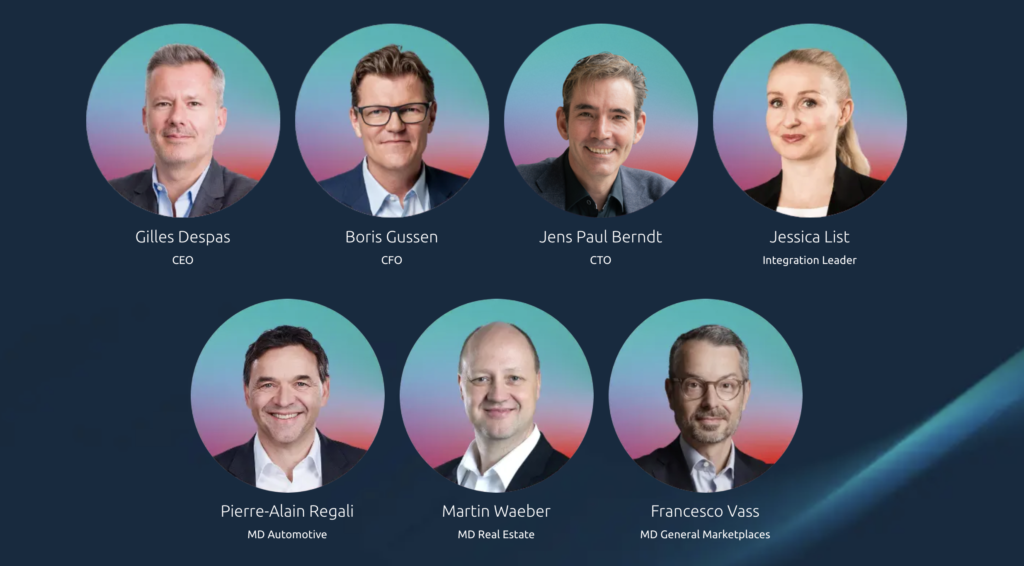New estimates from the European Environment Agency (EEA) suggest that fast fashion consumption in Europe has reached record levels. On average, 19 kg of textiles are consumed per person each year. Meanwhile, Swiss online marketplace Ricardo is seeing a strong counter-trend towards sustainability, with second-hand fashion on the rise: in 2024, around 610,000 second-hand items in the “Clothing & Accessories” category were sold via Ricardo – a 31% increase over two years, underlining the growing importance of circular economy practices and conscious consumption through second-hand goods.
The EEA’s latest report, “Circularity of the EU textiles value chain in numbers”, shows that in 2022, the average per capita textile consumption in Europe reached 19 kg – 2 kg more than in 2019. Most textiles consumed end up in the bin: only 22% of used textiles are collected or reused, according to the study.
While the global fast fashion industry continues to grow, Ricardo is seeing a positive shift towards circularity: the trade in pre-owned fashion has steadily increased over recent years. In 2024, approximately 1.21 million second-hand items were listed on Ricardo in the “Clothing & Accessories” category – 14% more than in 2023 and 33% more than in 2022. Of these, 610,067 items were successfully sold – a 13% increase from the previous year and 31% more than in 2022. The average price of a sold women’s fashion item was around CHF 27, while men’s items fetched an average of CHF 41. Second-hand consumption is therefore not only environmentally sound, but also budget-friendly.
Giving Fast Fashion a Second Life on Ricardo
The global boom in fast fashion has not spared Switzerland. However, instead of simply discarding unused clothing, Swiss consumers often turn to Ricardo to sell their unwanted fashion items. At present, around 24,062 H&M items and 17,478 Zara items are listed on the platform – up to a third of which are in like-new condition. These two brands exemplify the global fast fashion trend, yet their lifecycle can be significantly extended through resale on Ricardo – helping to preserve valuable resources and reduce textile waste.
“The global trends in fast fashion are alarming. That’s why we’re especially pleased to see such positive growth in second-hand fashion. At Ricardo, we aim to make buying and selling unused items as simple and secure as possible – because we want to keep promoting the circular economy in Switzerland,” says Francesco Vass, Managing Director of Ricardo at SMG Swiss Marketplace Group.

Mojca Fuks
Senior Corporate Communications Manager &
Media Spokesperson
About Ricardo
Founded in late 1999 in Baar (ZG), Ricardo has grown over the past 25 years to become one of the most popular online marketplaces for secondhand goods in the Swiss e-commerce market. Ricardo is part of SMG Swiss Marketplace Group AG.
www.ricardo.ch

